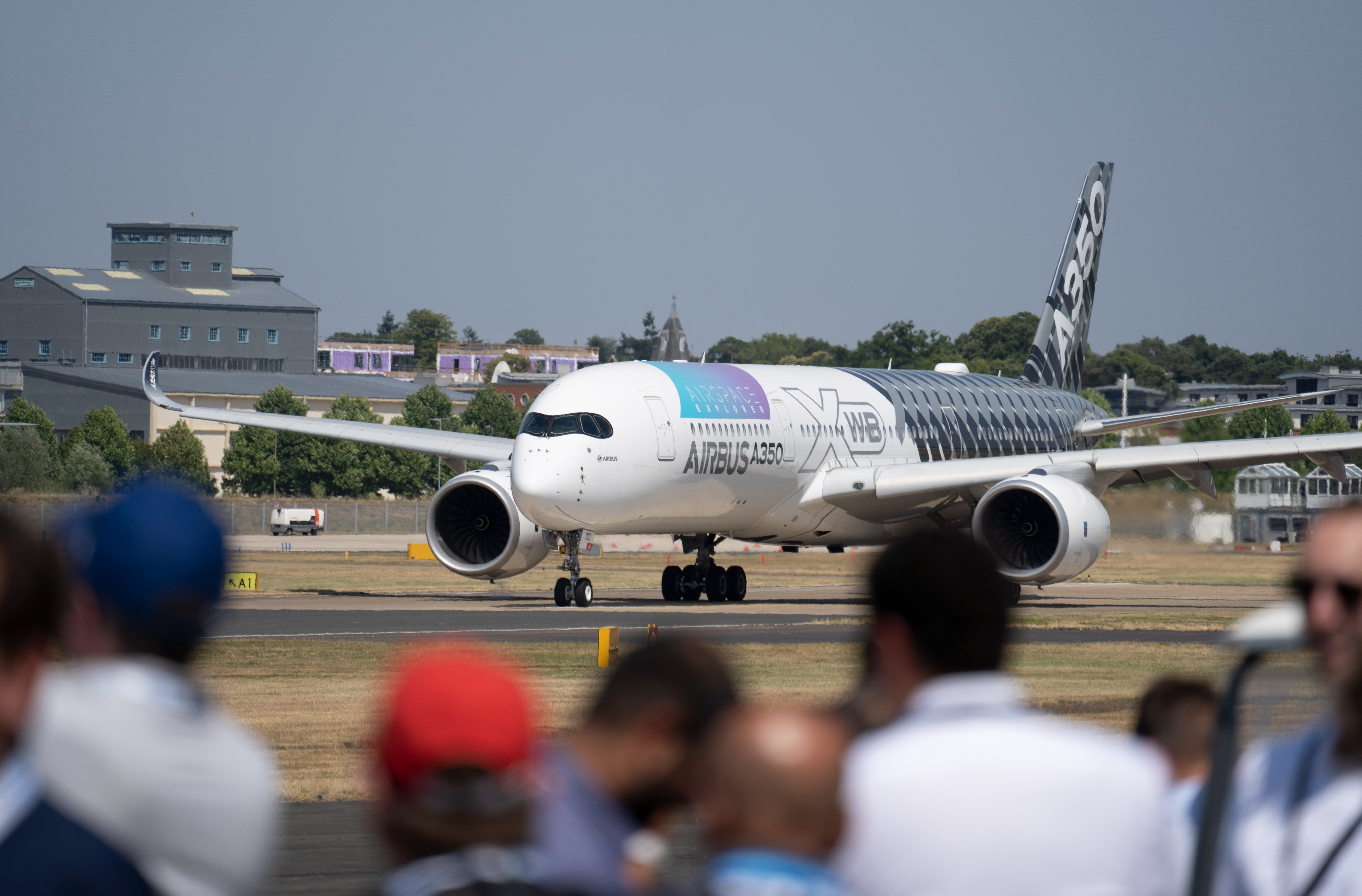Airbus subsidiary UpNext is spearheading a program, DragonFly, that is currently testing pilot assistance technologies to enhance flight safety. The technology is designed to assist a single pilot in case the other becomes incapacitated, with the primary objective of reducing the workload for the single pilot and allowing them to concentrate on flying the aircraft. The new technology will provide pilots with assistance both in the air and on the ground until the situation is resolved.

How DragonFly works
Introducing DragonFly, the latest pilot assistance technology that sets itself apart from existing features like auto-land. DragonFly takes into account information from the surrounding environment and flight path to calculate risk and make decisions accordingly. The technology considers various data points including weather conditions, airspace, and flight objectives, such as finding the nearest suitable airport for landing.
Join us on TELEGRAM for the Latest Aviation Updates fresh to your phone.
Inspiration
Airbus claims that the inspiration for their new technology, DragonFly, came from the dragonfly. According to Isabelle Lacaze, the head of the DragonFly program, the technology operates much like a real dragonfly, taking in its surroundings, identifying landmarks and maneuvering accordingly. Lacaze stated,
“Inspired by biomimicry, the systems being tested have been designed to identify features in the landscape that enable an aircraft to “see” and safely manoeuver autonomously within its surroundings, in the same way that dragonflies are known to have the ability to recognize landmarks.”
DragonFly testing
The revolutionary DragonFly safety technology is currently being put to the test on an Airbus A350-1000 aircraft in Toulouse, France. The testing is taking place at Airbus’s facility located at the Toulouse-Blagnac Airport (TLS) under the direction of UpNext, a subsidiary of Airbus. The technology has been installed on the aircraft and is undergoing testing in real-world scenarios. The results so far have shown that the technology is capable of fulfilling several of its promised safety functions.

During the testing, the aircraft was operated by just one pilot, simulating a scenario where one crew member is incapacitated. Although a second pilot was also present, only one was flying the aircraft during the test, this is to evaluate how well the pilots and technology can work together in emergency situations.
READ ALSO: Airbus and Cathay Pacific Partner To Cut Pilot Staffing On Long Haul Flights
The technology has demonstrated its capabilities during testing, successfully completing the auto-divert during cruise and initiating the auto-land sequence. As promised, the technology was able to take into account external factors such as weather, airspace, and objectives. The aircraft was able to communicate clearly with Air Traffic Control (ATC) and the Operations Control Center during the tests. Additionally, DragonFly technology has proven its capability to generate a flight trajectory plan while in flight.
Ground Testing
In addition to in-flight safety testing, the DragonFly technology has also undergone ground testing (as shown in the video below). UpNext has been conducting real-world testing of the taxi assistance features at Toulouse-Blagnac Airport (TLS) in recent weeks.
Video by: Airbus
DragonFly technology offers flight crew members audible alerts for airspeed, obstacle avoidance, and taxiing instructions. Although the technology is primarily designed to assist pilots in emergency situations, UpNext plans to continue its development with an eye towards a future of autonomous flight.
Sources:
- Simple Flying
- Airbus on Twitter
- Featured Image by: Airbus
Youssef Yahya is the CEO and Founder of Aviation for Aviators. He also serves as the Chief-in-Editor of the platform’s website, where he shares his passion for aviation and provides valuable resources for aviation enthusiasts and professionals alike. His love for aviation and entrepreneurial spirit drive him to create innovative solutions, making Aviation for Aviators a unique resource in the aviation sector.
You might also like:
- What can we expect from the Boeing 777X?
- Green energy powers Malaysian Airlines
- Donald Trump Departs Pennsylvania on Boeing 757 After Hospitalization
- How Do Fighter Jets Land On Aircraft Carriers?
- American Airlines Boeing 737 Suffers Engine Flameout After Hitting Flock of Geese
Discover more from Aviation for Aviators
Subscribe to get the latest posts sent to your email.

